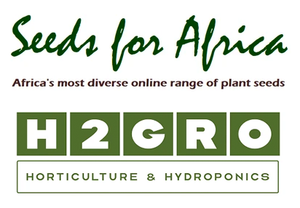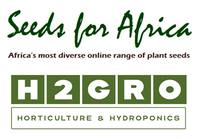

|
Nepenthes popularly known as tropical pitcher plants or monkey cups, is a genus of carnivorous plants in the monotypic family Nepenthaceae. The genus comprises roughly 140 species, and numerous natural and many cultivated hybrids. The greatest diversity occurs on Borneo, Sumatra, and the Philippines, with many endemic species. Many are plants of hot, humid, lowland areas, but the majority are tropical montane plants, receiving warm days but cool to cold, humid nights year round. A few are considered tropical alpine, with cool days and nights near freezing. The name "monkey cups" refers to the fact that monkeys have been observed drinking rainwater from these plants. Nepenthes species usually consist of a shallow root system and a prostrate or climbing stem, often several metres long and up to 15 m (49 ft) or more, and usually 1 cm (0.4 in) or less in diameter, although this may be thicker in a few species (e.g. N. bicalcarata). From the stems arise alternate, sword-shaped leaves with entire leaf margins. An extension of the midrib (the tendril), which in some species aids in climbing, protrudes from the tip of the leaf; at the end of the tendril the pitcher forms. The pitcher starts as a small bud and gradually expands to form a globe- or tube-shaped trap. The trap contains a fluid of the plant's own production, which may be watery or syrupy, and is used to drown the prey. Research has shown this fluid contains viscoelastic biopolymers that may be crucial to the retention of insects within the traps of many species. The trapping efficiency of this fluid remains high, even when significantly diluted by water, as inevitably happens in wet conditions. The lower part of the trap contains glands which absorb nutrients from captured prey. Along the upper inside part of the trap is a slick, waxy coating which makes the escape of its prey nearly impossible. Surrounding the entrance to the trap is a structure called the peristome (the "lip") which is slippery and often quite colorful, attracting prey, but offering an unsure footing. Above the peristome is a lid (the operculum); in many species, this keeps rain from diluting the fluid within the pitcher, the underside of which may contain nectar glands which attract prey. Prey usually consists of insects, but the largest species may occasionally catch small vertebrates, such as rats and lizards. There are even records of cultivated plants trapping small birds. The pack will contain a mix of lowland and hybrid nepenthes species. |
This service is available for paid orders and collection terms and conditions can be seen at the below link.
From our award winning customer care to growing sheet downloads for all items stocked, we are with you on your exciting growing journey!
Just looking for Horticultural & Hydroponic Products? Shop now at H2GRO for a massive range of products in-stock and ready to ship!
Sign up to our newsletter to be the first to hear about our latest offers, growing tips and products!
We will notify you on events like Low stock, Restock, Price drop or general reminders so that you don’t miss the deal

